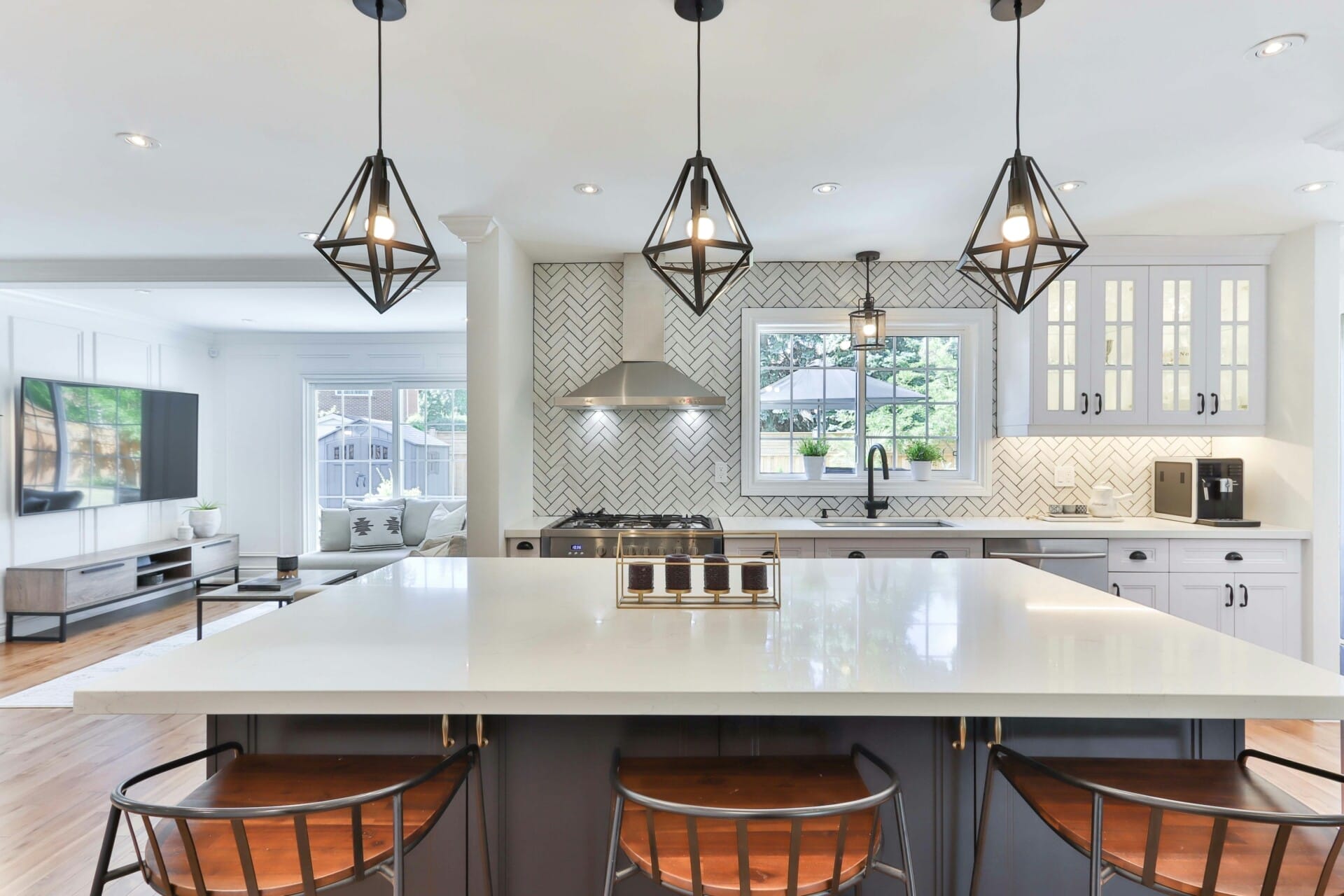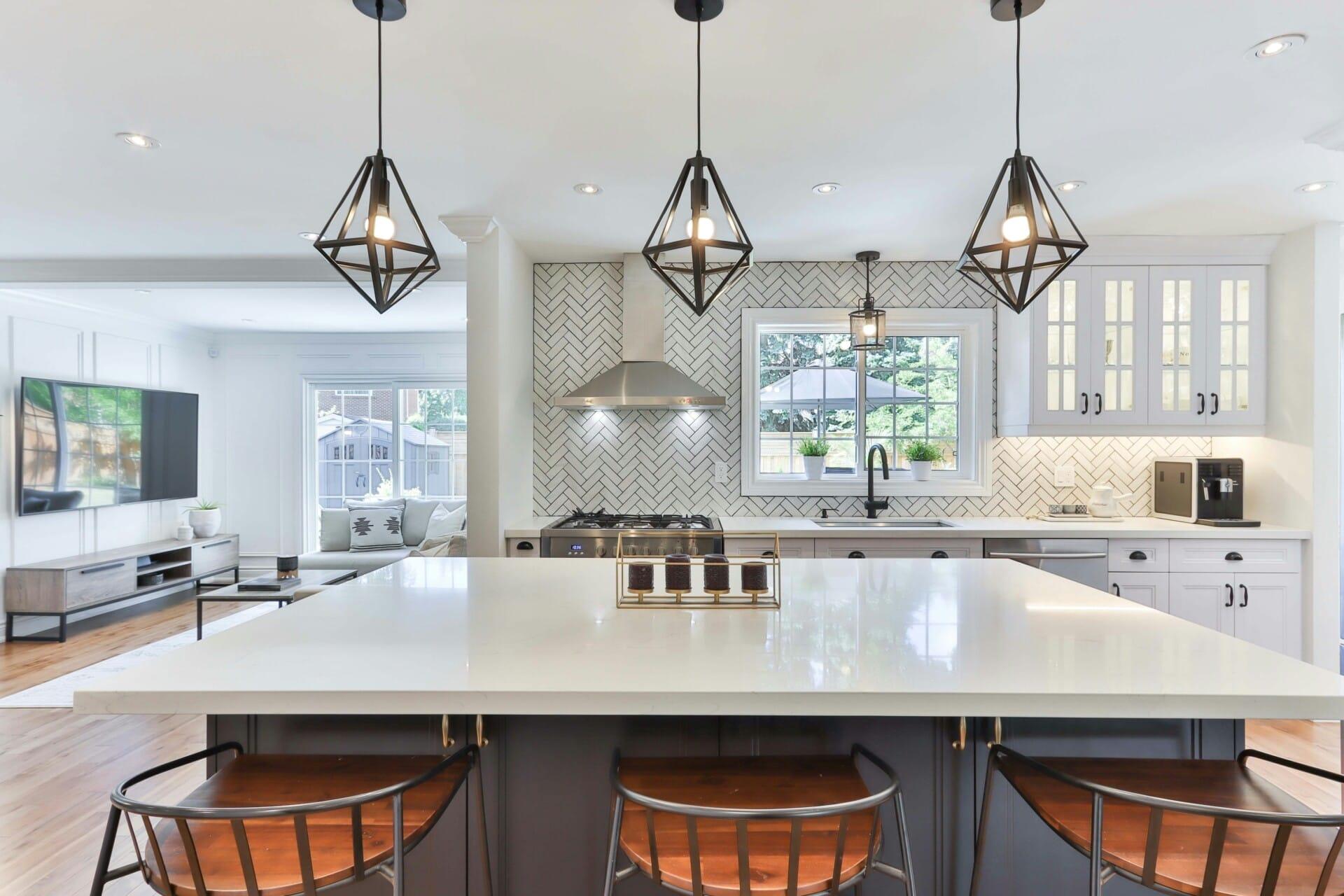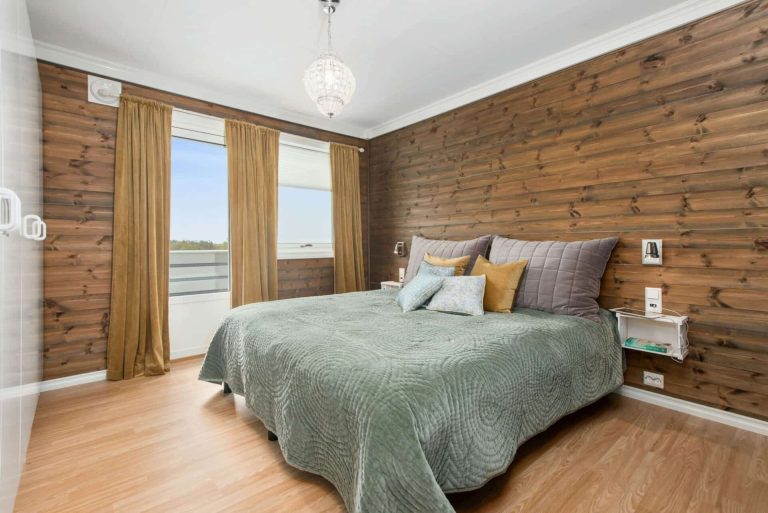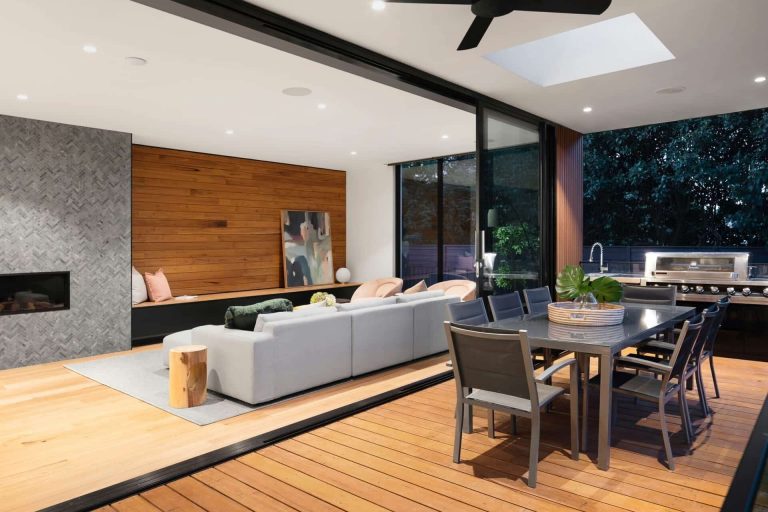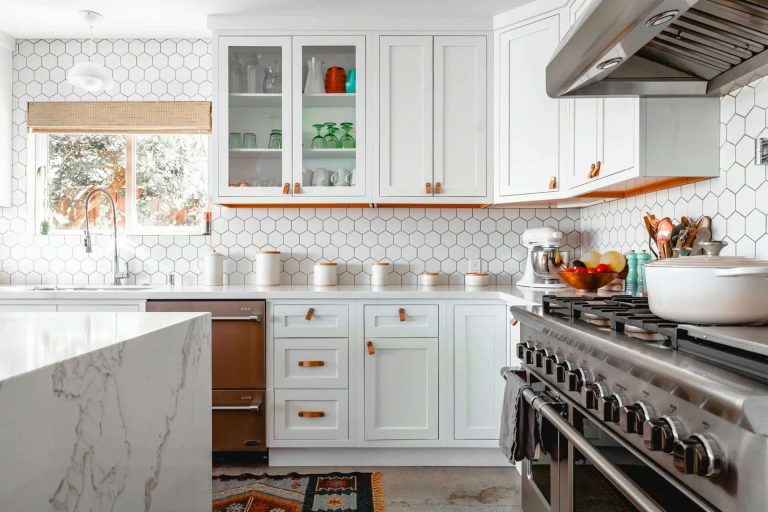The First Step to Building a Home on Your Own Land: Planning and Budgeting
In an age where the allure of personal sanctuary beckons, the dream of building a home on your own land has never felt more tangible. Whether it’s a cozy cabin nestled among towering pines, a modern eco-friendly retreat, or a rustic farmhouse surrounded by fields, the vision of crafting a space that reflects your identity and caters to your lifestyle can be exhilarating. Yet, as with any grand adventure, the journey of home building begins not with the hammer and nails, but with the often-underestimated groundwork of planning and budgeting.
Before breaking ground, potential homeowners must navigate a landscape filled with choices that can quickly become overwhelming. How much should you realistically spend? What materials fit your vision and budget? Which contractors align with your aspirations? These are just a few of the pressing questions that will shape your project from inception to completion.
This article serves as a guide to help you chart this vital first step—a framework that balances your dreams with practical realities. By delving into the intricacies of planning and budgeting, we aim to equip you with the knowledge and tools necessary to transform your home-building dreams into a structured blueprint for success. With thoughtful preparation, you can embark on this journey with confidence, turning your vision for a home into a lasting reality, one deliberate decision at a time. Welcome to the world of home building—a space of endless possibilities waiting to be shaped by your own hands.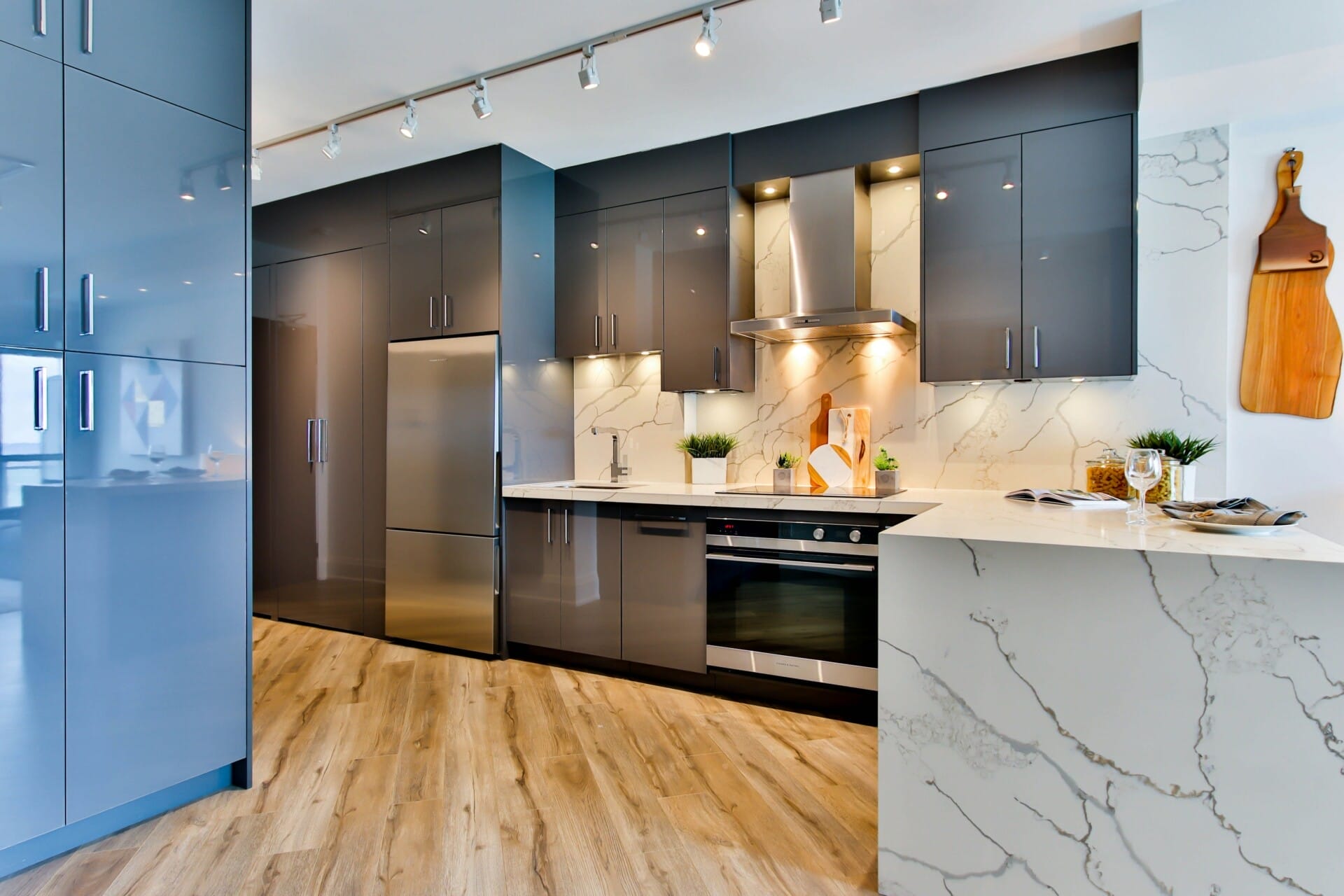
Understanding Your Land and Its Potential
Before diving into the construction of your dream home, it’s crucial to grasp the characteristics of your land. Every piece of property comes with its unique features, from the topography to the soil quality. Assessing these elements can reveal the potential or limitations of your space. Consider factors such as:
- Topography: Is the land flat, sloped, or hilly? This will affect drainage and layout.
- Soil Type: Different soil compositions, like clay or sandy soil, can impact foundation stability.
- Sunlight Patterns: Understand how sunlight moves across your land for efficient orientation of your home.
Beyond the physical aspects, understanding zoning laws and property regulations is essential. These laws dictate what you can or cannot build on your land. Navigating these can prevent costly setbacks later on. Key considerations include:
- Zoning Restrictions: Check if your property is residential, agricultural, or otherwise.
- Setback Requirements: Know how far your home must be from property lines.
- Building Codes: Familiarize yourself with safety standards and regulations in your area.
Lastly, envisioning your future home is about aligning your dreams with the realities of your land. Customizing a design that complements your property increases both functionality and aesthetic appeal. Create a list that includes:
| Feature | Description |
|---|---|
| Views | Position windows to capture breathtaking landscapes or natural beauty. |
| Outdoor Space | Plan for patios, gardens, or recreational areas that suit your lifestyle. |
| Access | Ensure there’s a practical entry route and think about parking availability. |
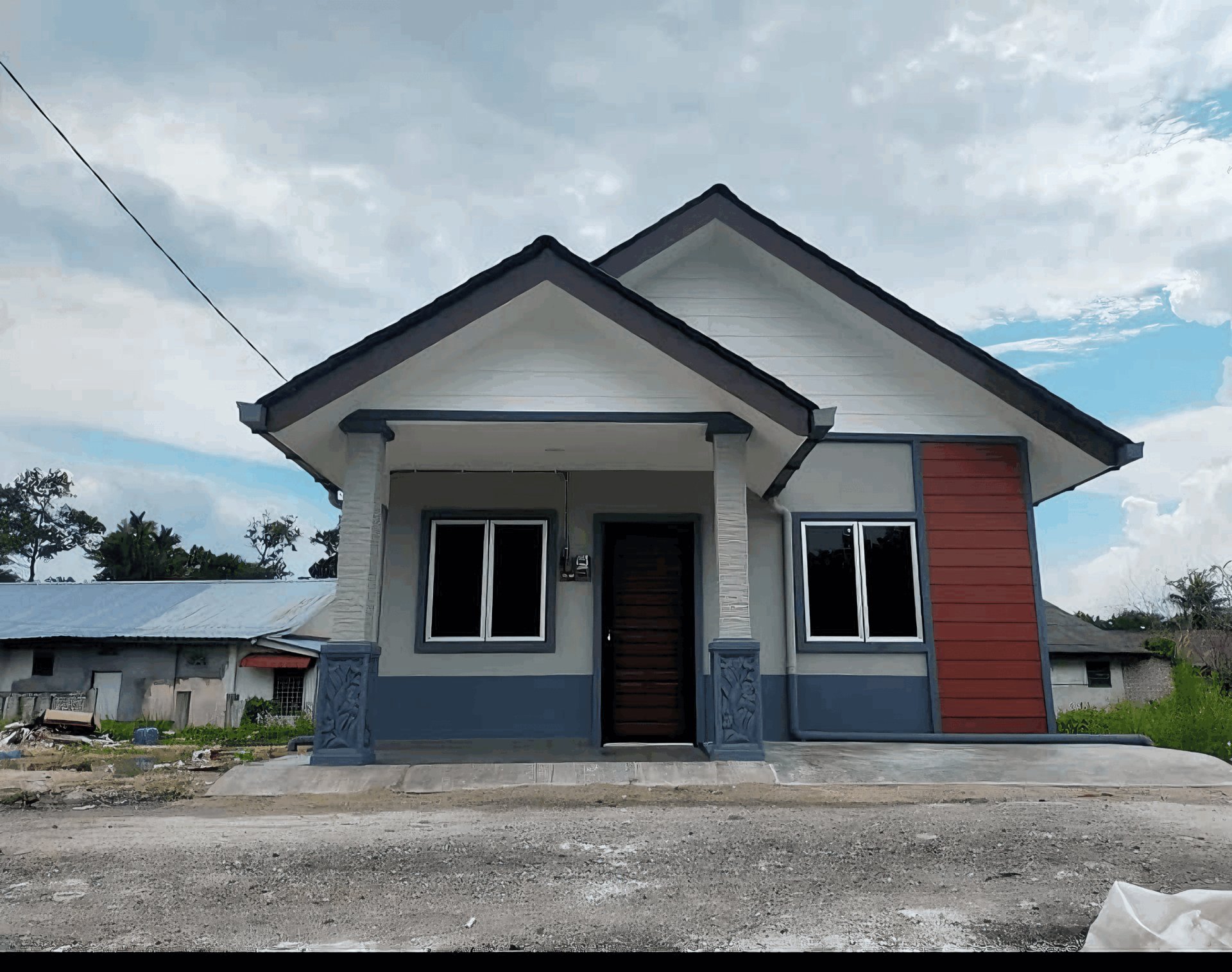
Creating a Comprehensive Budget Blueprint
Establishing a financial roadmap is essential when embarking on the journey of building your home. Start by identifying your total available funds; this includes savings, loans, and any other sources of potential financing. Once you have a clear understanding of your financial standing, create a list of estimated costs associated with your project. This should encompass a variety of expenses, such as:
- Land purchase
- Permits and fees
- Materials
- Labor
- Utilities and infrastructure
Next, prioritize your expenditures. Allocate funds for essential items first, ensuring that critical components like utilities and foundational construction are adequately covered. As part of your initial layout, you might find it helpful to establish a simplified budget table to track your projected costs versus actual spending:
| Expense Category | Estimated Cost | Actual Cost |
|---|---|---|
| Land | $50,000 | $_ |
| Permits | $5,000 | $ |
| Materials | $30,000 | $ |
| Labor | $20,000 | $_ |
Lastly, it’s crucial to include a contingency fund in your budget to manage unforeseen expenses that may arise during construction. A common recommendation is to set aside around 10-15% of your total budget for this purpose. By remaining flexible and proactive in your financial planning, you’ll create a sturdy foundation for your project, allowing for smoother sailing as you transform your dream home from blueprint to reality.
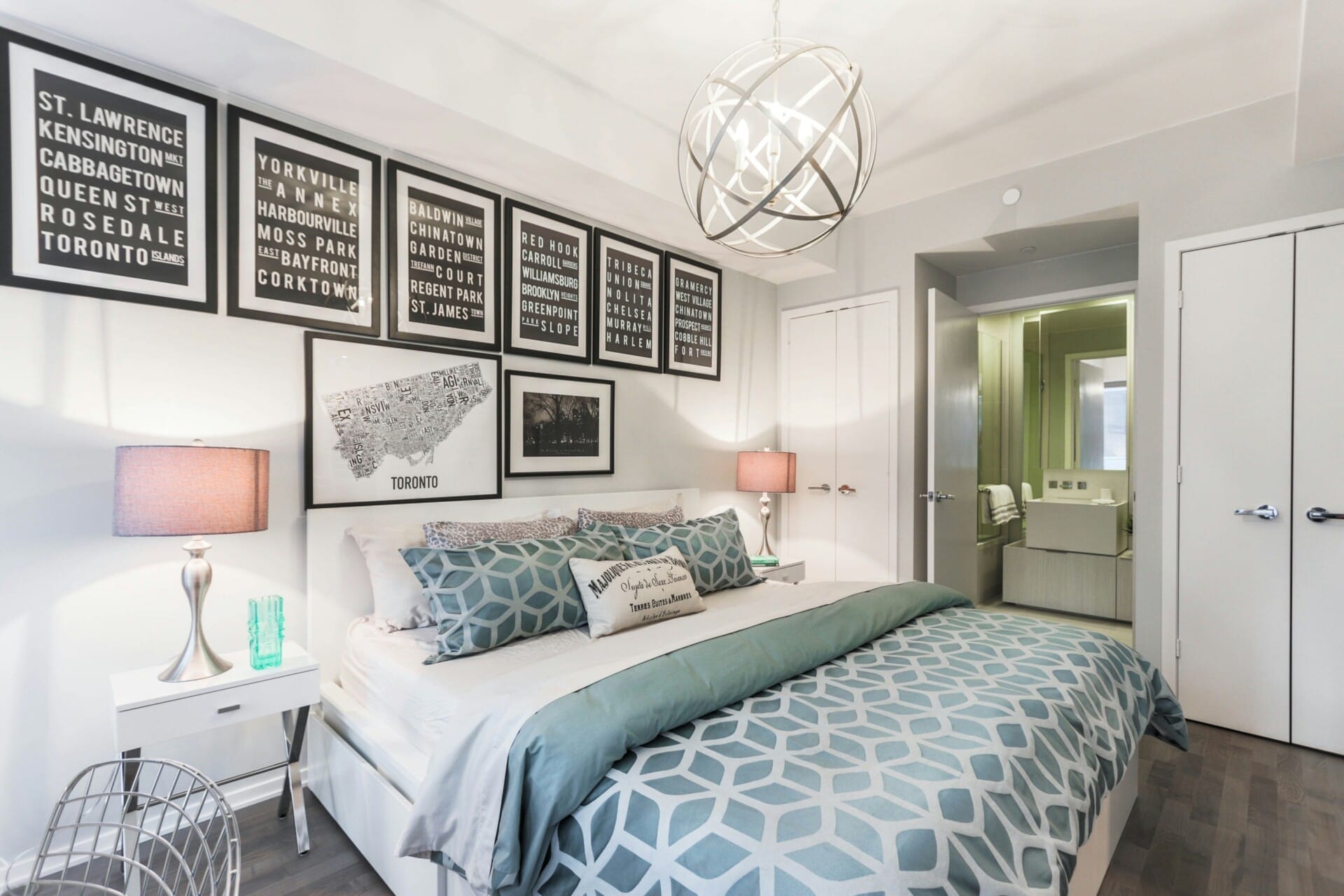
Navigating Permits and Regulations
Understanding the intricate web of permits and regulations is essential for any homeowner looking to construct on their own land. Each region has its own unique requirements, and overlooking even a small detail can lead to significant delays or additional costs. Begin by visiting your local government’s website or office, where you can gather information on necessary permits, zoning laws, and building codes relevant to your planned construction. Make sure to document everything, as this will serve as an invaluable reference throughout your building journey.
As you dive deeper into the process, consider the following steps to streamline your navigation through permits and regulations:
- Research Zoning Laws: Confirm that the land is zoned for residential construction – this can affect the size and type of home you can build.
- Contact Local Authorities: Schedule meetings with building officials to clarify requirements and expectations, alleviating potential misunderstandings.
- Prepare for Inspections: Understand the timeline and protocols for inspections, ensuring your construction meets safety and quality standards.
To provide a clearer overview, here is a simple table summarizing common permits you may need along with their purposes:
| Permit Type | Purpose |
|---|---|
| Building Permit | Required for all new constructions and significant renovations. |
| Electrical Permit | Ensures compliance with electrical codes for safety. |
| Plumbing Permit | Covers installations to protect health and safety in home plumbing. |
| Zoning Permit | Validates land use according to local regulations. |

Designing a Sustainable Home Layout
When envisioning your dream home, one of the most critical aspects is how to construct a layout that harmonizes with nature while maximizing efficiency. A sustainable design focuses on integrating your home into its environment. This can be achieved by considering the orientation of your house to maximize natural light and airflow. Key elements to think about include:
- Utilizing large windows to allow for passive solar heating during the colder months.
- Strategically placing overhangs to provide shade in the summer, reducing cooling costs.
- Incorporating rooftop gardens or green roofs to improve insulation and promote biodiversity.
Another essential factor in crafting a sustainable layout is the selection of materials that are not only eco-friendly but also durable. Sourcing locally available materials reduces transportation costs and supports the community. Consider using:
| Material | Benefits |
|---|---|
| Reclaimed Wood | Reduces waste and offers unique character. |
| Cork Flooring | Harvested sustainably and provides excellent insulation. |
| Straw Bale | High insulation value and low ecological footprint. |
Lastly, think about how your home interacts with its surrounding landscape. Incorporating native plants into your landscaping not only aids in water conservation but also creates a natural habitat for wildlife. Design features that promote a cohesive environment include:
- Natural rainwater harvesting systems for irrigation.
- Paths and walkways designed from permeable materials to manage stormwater.
- Composting areas to reduce organic waste and enrich the garden soil.
Q&A
Q&A: The First Step to Building a Home on Your Own Land: Planning and Budgeting
Q1: Why is planning crucial when building a home on my own land?
A1: Planning serves as the backbone of your building project. It allows you to outline your goals, understand site-specific challenges, and develop a clear roadmap for your construction. Without a solid plan, you run the risk of overspending, facing delays, and potentially encountering legal or zoning issues. Think of it as the blueprint—not just for your house, but for the entire process of creating your dream home.
Q2: What key elements should I include in my initial budget?
A2: Your initial budget should encompass several major components: land costs, site preparation, design and architectural fees, materials, labor, permits, and unforeseen expenses (a contingency fund of 10-20% can be very beneficial). Breaking down these elements not only helps keep expenses in check but also allows you to prioritize, adjust, and be realistic about what you can achieve.
Q3: How can I determine what I can afford?
A3: Start by evaluating your current financial situation—consider savings, income, and existing debts. Then, explore financing options like mortgages or construction loans. Use budgeting tools or spreadsheets to estimate costs while factoring in both fixed and variable expenses. It’s also wise to consult with a financial advisor for a comprehensive look at your financial landscape.
Q4: What are some common pitfalls in budgeting for a home build?
A4: One of the most frequent pitfalls is underestimating costs, often due to overlooking potential expenses like landscaping or utilities. Additionally, failing to account for price fluctuations in materials can derail your budget. not allowing for a contingency fund could leave you vulnerable if unexpected issues arise.
Q5: How do I factor in the costs of permits and zoning requirements?
A5: It’s essential to research local regulations before finalizing your budget. Costs for permits can vary significantly by location and the type of home you plan to build. Contact your local planning office for specific information; they may provide a list of required permits and their associated fees. Include these costs in your initial budget to avoid surprises down the line.
Q6: Can I adjust my budget after the planning phase begins?
A6: Absolutely! Flexibility is key to successful budgeting. As you proceed with your planning and receive quotes from contractors or suppliers, you may discover areas where costs fluctuate or where you can save money. Regularly revisiting and adjusting your budget ensures that it remains realistic and reflective of your project’s needs.
Q7: What resources can assist me in the planning and budgeting process?
A7: Numerous resources are available, from online budgeting calculators and project management tools to local workshops hosted by real estate or building professionals. Additionally, joining community forums or social media groups can provide insights and advice from those who have successfully navigated the process. Don’t hesitate to lean on experts—hiring a project manager or financial advisor can also greatly simplify your journey.
Q8: Final advice for someone just starting this journey?
A8: Start small, be thorough, and stay organized. Take your time to research and collect information before making big decisions. Remember, building a home is not just about physical construction; it’s also an emotional and creative journey. Stay flexible, prioritize communication with builders and suppliers, and most importantly, keep your vision front and center. Every step you take brings you closer to making your dream home a reality!
In Conclusion
As we conclude our exploration of the crucial first steps in building a home on your own land, it’s evident that planning and budgeting form the bedrock of a successful journey. Like the foundation of a house, careful consideration and foresight will support every decision you make as you bring your vision to life.
While the allure of a dream home can spark excitement and inspiration, it’s the meticulous planning and financial awareness that will guide you through the complexities of construction, ensuring that your aspirations don’t crumble under the weight of unexpected costs or miscalculations.
Whether you envision a cozy cottage nestled in the woods or a modern sanctuary overlooking the ocean, empowering yourself with knowledge and a robust budget paves the way for a fulfilling endeavor. Remember, every great journey starts with a single step, and yours begins here—with a blueprint in hand and a heart full of dreams.
Embrace the process, remain adaptable, and let your creativity flow as you embark on this exciting adventure. Your dream home awaits, and with a solid plan and smart budgeting, you’ll soon be turning that dream into reality, one brick at a time.